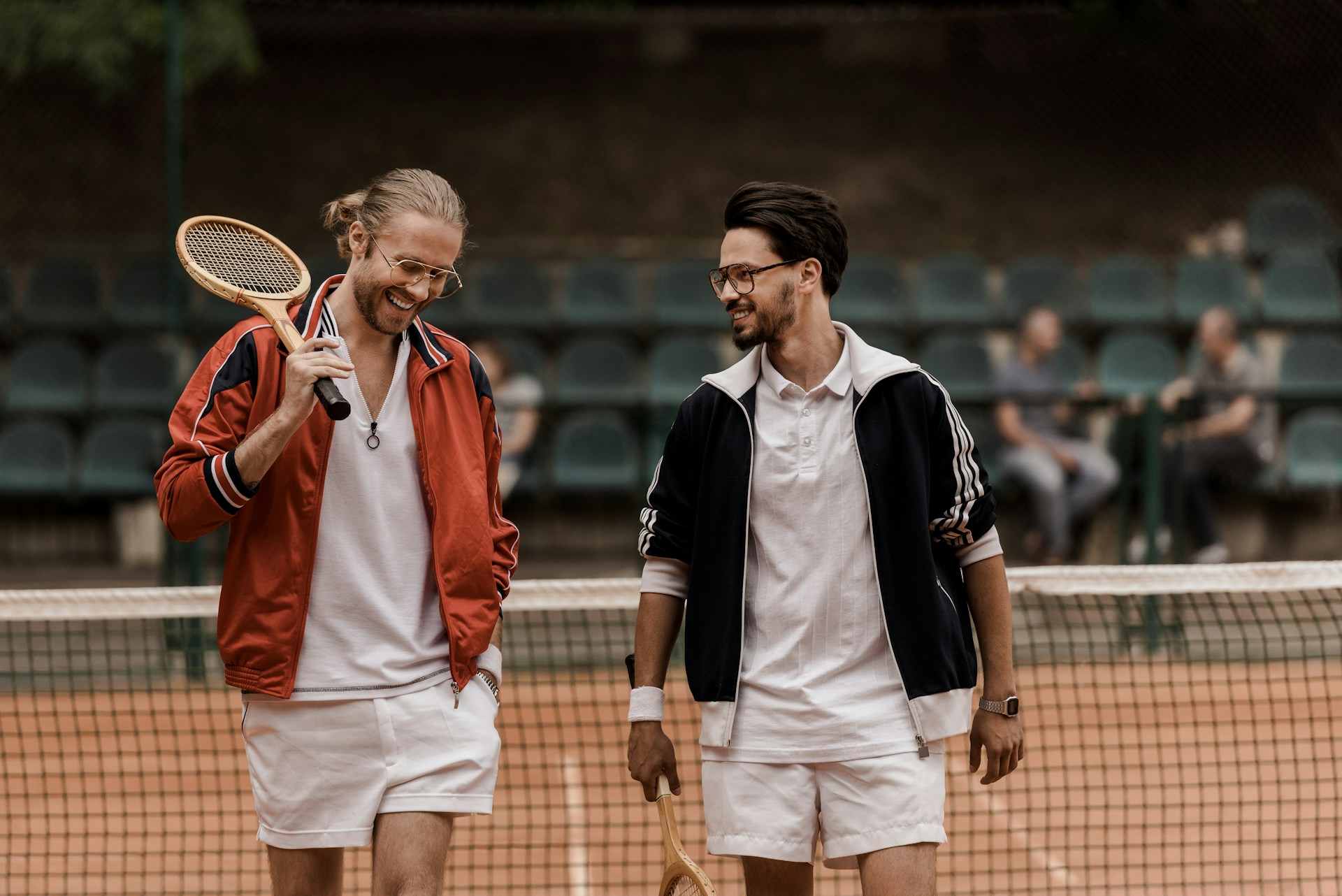
Tennis is more than just serves, volleys, and footwork. At the highest level, players often share similar technical skills, fitness levels, and tactical awareness. The true separator is mental training in tennis — the ability to stay calm, focused, and resilient when the pressure mounts. Grand Slam champions repeatedly emphasize that success on the court comes not only from hard practice but also from the mental discipline cultivated off the court.
In this article, we’ll explore how elite players sharpen their minds, the psychological techniques they use, and why mental preparation is as vital as physical training in modern tennis.
1. The Foundation: Why Mental Training in Tennis Shapes Champions
While physical training builds strength and agility, mental training in tennis develops resilience and self-belief. Players who thrive under pressure understand that matches are decided by who can handle stress better.
Resilience as a Weapon
Tennis players face relentless challenges — from double faults at critical points to the grind of five-set matches. Without resilience, even the most talented athletes falter. Through mental conditioning, players learn to bounce back quickly, treating setbacks as stepping stones rather than roadblocks.
Visualization and Mental Rehearsal
A common tool in mental training in tennis is visualization. Athletes picture themselves executing flawless serves, moving with precision, and winning decisive points. Neuroscience shows that mental imagery activates the same brain regions as real performance, essentially creating “mental reps” that build confidence and consistency.
Growth Mindset in Competition
Adopting a growth mindset helps players thrive in high-pressure environments. Instead of fearing mistakes, they see them as opportunities to improve. Tennis legends like Novak Djokovic credit much of their dominance to this mental approach, which transforms nerves into fuel for peak performance.
2. Emotional Control: The Silent Skill of Mental Training in Tennis
Every match brings a storm of emotions — frustration after errors, nerves in tie-breaks, or joy after a big win. Mastering emotions is where mental training in tennis becomes indispensable.
Staying Present in the Moment
The best players train themselves to focus only on the current point. They avoid dwelling on past mistakes or worrying about future outcomes. By narrowing focus to the here and now, they reduce errors and sustain energy throughout long battles.
Rituals and Routines
From Nadal’s meticulous pre-serve habits to Djokovic’s breathing exercises, routines are key elements of mental training in tennis. These rituals may look eccentric to spectators, but for players, they anchor focus, regulate stress, and establish rhythm in matches.
Thriving Under Pressure
Championship points are the ultimate test of mental toughness. Athletes like Serena Williams and Roger Federer have shown time and again that composure is the deciding factor. Their ability to quiet nerves and execute shots under extreme pressure comes from years of structured mental practice.
3. Off-Court Habits: How Mental Training in Tennis Extends Beyond Matches
The mental edge is not built only during competition — it’s forged daily through deliberate off-court practices.
Meditation and Mindfulness
Mindfulness meditation is now mainstream in professional tennis. Djokovic, for example, integrates meditation into his daily routine. Research confirms that mindfulness enhances focus, reduces stress, and improves emotional regulation — all vital during high-stakes matches.
Journaling and Reflection
Another tool in mental training in tennis is journaling. Players record emotions, goals, and reflections after training sessions or matches. This process helps identify patterns, reinforce progress, and highlight areas for improvement.
Sports Psychology Support
Many elite players collaborate with sports psychologists who tailor mental training programs. These experts teach coping mechanisms, design visualization exercises, and ensure athletes maintain confidence across long seasons filled with travel and competition.
4. The Mind-Body Connection: Why Mental Training in Tennis Completes Performance
Mental and physical aspects of tennis are inseparable. Success on the court requires harmony between body and mind.
Stress Management for Recovery
Unchecked stress hampers recovery and increases injury risk. Techniques such as yoga, controlled breathing, and progressive relaxation help players manage stress and maintain optimal physical readiness.
Confidence Through Preparation
Confidence in tennis is not random — it grows from preparation. When players consistently practice mental strategies alongside technical drills, they step onto the court with trust in their abilities. This inner belief reduces hesitation and sharpens performance.
Nutrition and Sleep for Mental Clarity
Good sleep and proper nutrition are pillars of mental training in tennis. A well-rested brain makes quicker decisions and handles pressure better, while balanced nutrition fuels concentration as much as it fuels muscles.
The True Power of Mental Training in Tennis
While fans cheer for blistering forehands and acrobatic volleys, the real battle in tennis happens in the mind. Mental training in tennis equips players with resilience, focus, and calmness under fire. It transforms talented athletes into champions and ensures that preparation extends beyond the court.
For aspiring players, the takeaway is clear: building a stronger body is important, but without strengthening the mind, success will remain incomplete. The mental edge is the hidden key to victory — the difference between simply competing and truly conquering.